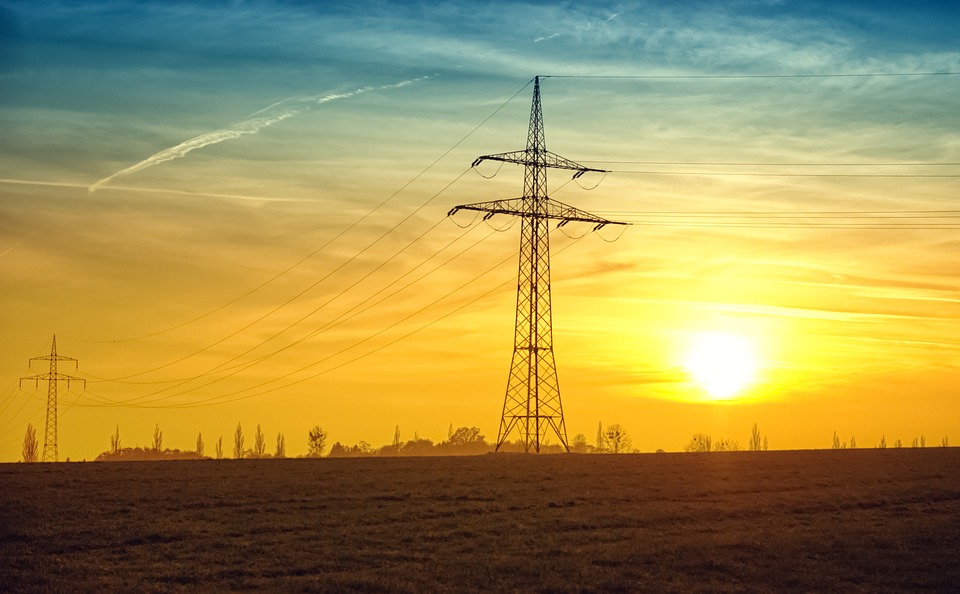When it comes to heating our homes during the chilly months, many of us seek efficient and cost-effective solutions. One common choice is the oil-filled radiator. But amidst the options available, a pertinent question often arises: do oil-filled radiators use a lot of electricity? Let’s delve into the details and unravel the energy consumption of these popular heating appliances.
Understanding Oil-Filled Radiators
Before we dive into the electricity consumption, let’s get a grasp on what oil-filled radiators are. These devices are electric heaters designed to warm up a room by using electricity to heat a special thermal oil sealed within the unit. This oil retains heat remarkably well, allowing the radiator to continue emitting warmth even after it’s turned off. The process is straightforward: electricity heats up the oil, which then radiates heat into the room, providing a cozy environment.
Power Ratings and Consumption
Oil-filled radiators come with various power ratings, usually measured in watts. The higher the wattage, the more heat the radiator can produce. The power rating plays a vital role in determining how much electricity the device will consume. A higher wattage radiator will consume more electricity compared to a lower wattage one, as it generates more heat output.
Energy Efficiency
When evaluating the electricity usage of oil-filled radiators, it’s important to consider their energy efficiency. Unlike some other heating methods, such as conventional electric heaters, oil-filled radiators are designed to be energy efficient. Once the oil within the radiator is heated, it retains heat well and releases it slowly into the room. This means that the radiator doesn’t need to constantly draw electricity to maintain the desired temperature. Instead, it operates in cycles, turning on to heat up the oil and then turning off as the oil continues to radiate heat.
Comparing with Other Heating Methods
To put the electricity usage of oil-filled radiators into perspective, it’s worthwhile to compare them to other common heating methods. Traditional electric heaters, for instance, directly convert electricity into heat. This direct conversion can lead to higher electricity consumption since these heaters need to continuously draw power to maintain the desired temperature. In contrast, oil-filled radiators can be more energy efficient due to their ability to store and release heat over time.
Usage Patterns Matter
The electricity consumption of an oil-filled radiator also depends on how you use it. If you set the radiator to a high temperature and leave it on for extended periods, it will naturally consume more electricity. However, if you use it judiciously by adjusting the thermostat to a comfortable level and turning it off when not needed, you can effectively manage its energy usage.
Tips for Efficient Use
To make the most of your oil-filled radiator while keeping electricity usage in check, here are some practical tips:
- Zone Heating: Instead of trying to heat the entire house, focus on heating the rooms you’re actually using. This targeted approach can reduce overall energy consumption.
- Thermostat Control: Use the thermostat to maintain a comfortable temperature. Setting it too high will lead to excessive electricity use.
- Timers: Some radiators come with timers that allow you to set specific operating periods. This can help you regulate when the radiator is active.
- Insulation: Ensure that your room is well-insulated. Proper insulation retains heat effectively, reducing the need for constant heating.
In Conclusion
When it comes to the question of whether oil-filled radiators use a lot of electricity, the answer hinges on various factors such as power rating, usage patterns, and the efficiency of the radiator. These devices, designed with energy efficiency in mind, can be a prudent choice for staying warm during colder months while managing your electricity consumption. By understanding their functioning and employing energy-saving practices, you can strike a balance between comfort and cost-effectiveness.
